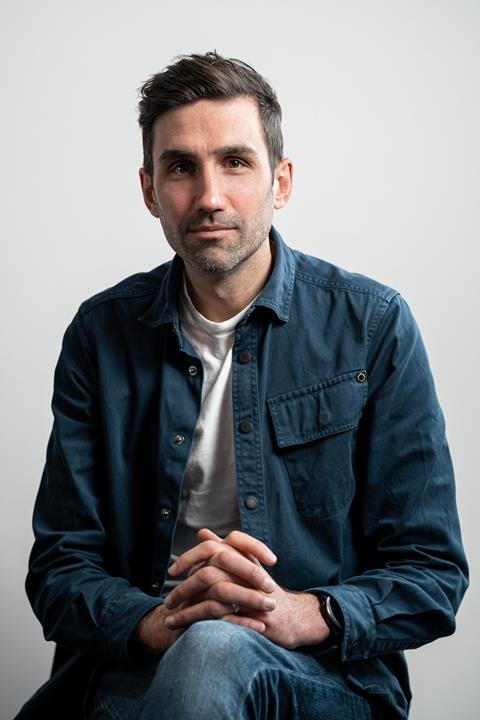Voiceworks head of sport Jim Salveson on how broadcasters can approach the issue

FIFA president Gianni Infantino has threatened a TV blackout of the Women’s World Cup in five European countries this week, unless broadcasters are able to improve their offers for the rights, which will inevitably impact broadcasters and rightsholders.
Infantino argues that the current TV rights offers are a ‘slap in the face’ for the players and are not sufficient remuneration for the biggest women’s football tournaments in the world. It prompts a wider discussion around how women’s football can drive more engagement and coverage, so that it can begin to attract the same audiences as the men’s game does. That’s the way to drive advertiser value and therefore grow the pot. We all want to see parity between the men’s and women’s game – and the best way to achieve that is by growing interest in it. Removing the broadcast rights from the Women’s World Cup this summer would be a counter-productive step, in that regard.
So, what can broadcasters do to build fan engagement around the sport? The answer lies in moving the peaks in interest away from major competitions and towards bigger, more consistent consumption of games throughout the year. Creating great narratives around women’s football is key, as is getting fans to buy into players on a personal level and as icons. Audio provides a real opportunity to do that. Using TV coverage of an event, like the Women’s World Cup to tell the “as-it-happens” sporting story, but then supplementing this with podcasts and audio that provide deep dives into the history, personality, niche topics and fan conversations could be the answer to driving more engagement amongst fans.
FIFA’s goal here is obviously to generate more revenue for its broadcast rights but if the broadcasters are not willing to up their bids, do they have to bow out of the event all together? Maybe not. For example, is there a way for broadcasters to still be part of the event without having the broadcast rights, by being able to tell the stories connected with the World Cup without showing the matches? Channel 4 has historically done this very well during major tournaments, by creating content that thematically chimes with the national conversation. For example, in 2017, to promote coverage of the women’s Euros, Channel 4 created a spot starring 17-year-old Liv Cooke, the UK’s first female professional freestyle footballer which was shown during the early stages of the tournament.
Of course, broadcasters need to be able to see a return on their investment. So, their bids for rights will be dependent on what they can get in return from advertisers. There is no doubt that investment is needed in women’s sport to grow audiences and create those eyes and ears that can ultimately be leveraged by advertisers. However, is FIFA asking for broadcasters to fund the growth of the sport in this respect, and is that fair?
From the other side of the table, this also prompts the question over whether rightsholders need broadcast deals. If FIFA, or any other organisation, isn’t seeing the value it expects on the negotiation table, naturally it will question if it could get this value elsewhere. Which could force the organisation to consider either engaging sponsors for its own broadcasts, via YouTube, for example, or by placing content behind paywall broadcasts.
We’ve recently seen Wrexham Football Club’s desire to own and negotiate its own broadcast deals away from the league, and this could well be a growing trend that we see amongst other football clubs. This could not only create a new, and more lucrative revenue stream around the club who command much more media attention than their fellow National League (and soon League Two) teams, but could also be beneficial in allowing them to control the narrative around their own club. Teams have become much savvier in terms of “owned” media in recent years, too. Teams like Manchester City Football Club, for example, are choosing to have official club media products such as the Official Manc City Football Podcast which relaunched this week. This is only going to continue and suggests that clubs managing their own broadcast deals could well be the next step in both the men and women’s game.
In terms of a solution to FIFA’s specific conundrum right now though, a compromise will need to be met and there will need to be a financial middle ground. It does raise questions as to who has the power in this type of discussion – broadcasters or rightsholders? Both parties need each other; the broadcasters need the rights to satisfy audience demand and FIFA need the broadcasters to grow the product they want to sell for more. This mutually beneficial approach, if adopted, would benefit the sport too. A solution that keeps fan engagement and audience building at the heart will ultimately benefit the women’s game by offering fans exciting content and more access to this increasingly popular sport.

Jim Salveson is director of sport at audio specialist Voiceworks Sport.


No comments yet